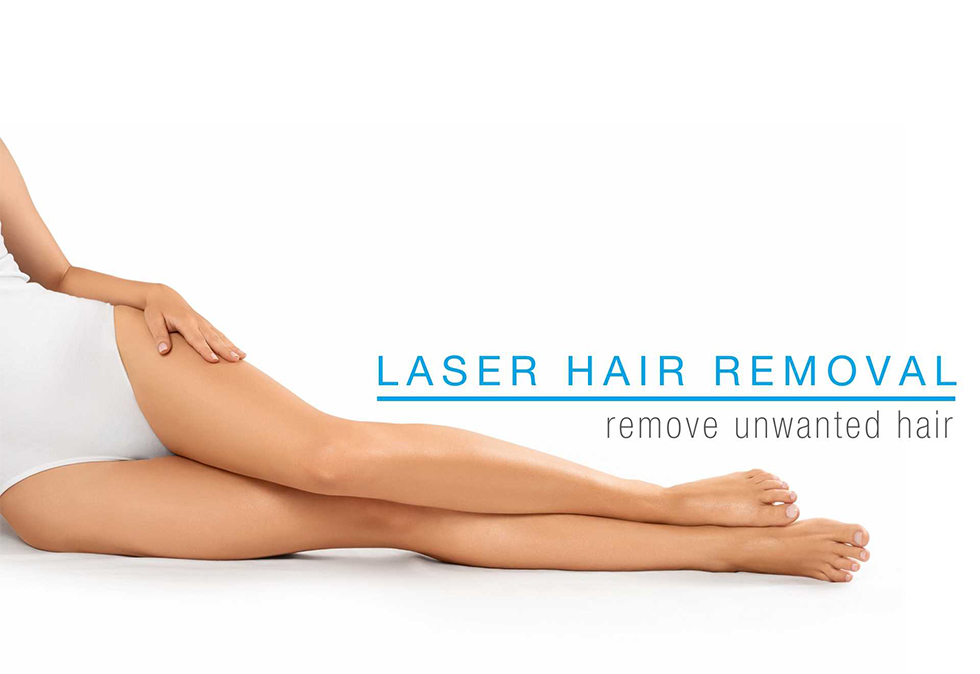Ultrasonic Cavitation and Localized Fat Removal
For those who desire to have a slim body, weight loss is a clichéd topic, especially the A4 waist, mermaid line, etc. Many methods are available to help us achieve this simple but challenging goal. Diet, exercise, and liposuction are the most preferred methods for localized fat loss. However, if you are busy and can't spare some time, exercise is not the first choice.
This group of people has a hard time sticking to it. Dieting is unhealthy and not a long-term solution, which in turn can somehow harm our bodies. If you go on liposuction, this is risky because it requires surgery. So what should we do?
In this regard, the ultrasonic cavitation machine helps. Industry insiders call it fat-burning "black technology". This technology produces high energy, thus providing immediate and effective results. In addition, it is safe and non-invasive and can be performed on almost the entire body. All of these features make it the best choice for removing pesky fat.
How does ultrasonic cavitation work?
Saying goodbye to localized fat doesn't necessarily mean we have to go to the gym or stay away from delicious food. Ultrasonic cavitation machines are one of the best solutions. An ultrasonic cavitation machine uses a transducer to produce ultrasound waves that penetrate deep into our skin and reach the subcutaneous fat. It uses its mechanical and cavitation effects to destroy the fat cells located in the fat layer.
This energy explodes and crushes the cells and dissolves them into glycerol and free fatty acids. Your body then recycles the glycerol, but the free fatty acids return to your liver and lymphatic system and are removed as waste. In short, the device uses focused, high-energy sound waves to eliminate fat cells to remove localized fat from specific body areas.
Which body areas can withstand ultrasonic cavitation?
Ultrasonic cavitation performs best on body parts with localized fat. Wikipedia explains localized fat as follows: Localized fat is an abnormal accumulation of ectopic accumulation of fat in its usual anatomical location. Depending on their origin, these fat deposits are present in hypertrophic or hyperplastic adipose tissue. The body areas that usually carry excess fat are the abdomen, waist, thighs, buttocks, upper arms, etc. You can use the device to treat these areas. However, remember that you should not use it on the head, heart, areas with bones, or areas with thin skin.
Why should ultrasonic cavitation be the one for fat removal?
Is the method convenient? Why should I choose it over other procedures? According to clinical tests, it does reduce fat. The procedure has several advantages. First, it removes excess fat from almost all body parts, including the areas mentioned above. Whether it's as big as your belly or as small as your chin, it can work for you. Secondly, it is non-surgical and safe. Unlike liposuction, it does not require surgery and there is no downtime. You can visit your work and life as usual.
Most importantly, it's risk-free. Safety is of the utmost importance. Third, immediate results are good news for people who can't wait to see the changes in their bodies. Sessions take only 20 minutes to an hour, saving you time. It's a shortcut compared to other programs. Fourth, it's more effective than diet and exercise. The latter doesn't work. Many people have tried and given up halfway through.
What should I pay attention to when using ultrasonic cavitation?
Several points should be emphasized to ensure its efficacy and the safety of the machine and to provide a good experience for the client. Before operating the equipment, keep the skin clean and apply skincare products such as gel to the treatment area. Otherwise, the machine will not operate properly. Remember that removing metal objects or jewelry from your body can reduce the possibility of adverse effects.
If you have sensitive skin, you may experience some degree of swelling. However, rest assured that this is a natural reaction and will only last a few days. Some users may even experience ringing in their ears during operation. This is normal because the frequency of the generated ultrasound waves exceeds the upper limit of hearing that humans can achieve. As the Chinese proverb says, "It is better to go too far than too far". Therefore, it is recommended that you do not have more than two treatments per week. Finally, you must drink as much water as possible after the treatment to keep the treated area hydrated and moisturized.
Who can and cannot perform ultrasonic cavitation for fat reduction?
You are an ideal candidate for this procedure if you are generally healthy and have excess laxity or fat in specific body areas. However, it should not be used to remove localized fat if you fall into one of the following categories: you have heart disease or a pacemaker implant; you have epilepsy, severe diabetes, hyperthyroidism, malignancy, etc.; you have some unhealed surgical wounds or are still recovering from surgery; you are pregnant or breastfeeding, and you should use caution if you have a skin condition or an infectious disease. We can never be too careful in this regard.
Summary
In reality, getting rid of localized fat is challenging. Fortunately, we have access to many programs that can guide us. This article provides some insight into this. We have discussed the mechanism by which ultrasonic cavitation works, its advantages, where we can use the device, who are the ideal candidates, and who should distance themselves from it.
As always, myChway always takes the trouble to emphasize that you can achieve better results if you perform with other aesthetic devices or procedures such as radiofrequency, unoisetion cavitation machines, fat lasers, and vacuum therapy. Finally, myChway wishes you every success in your journey to a better world.




评论
发表评论